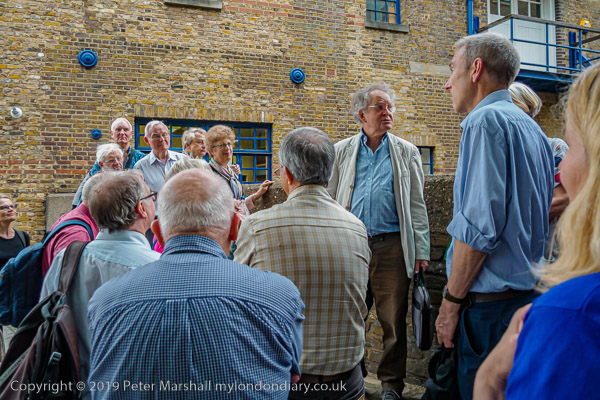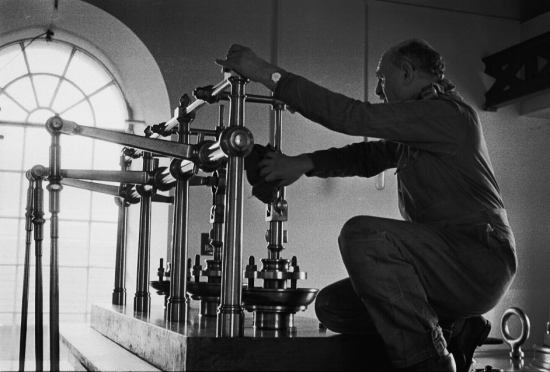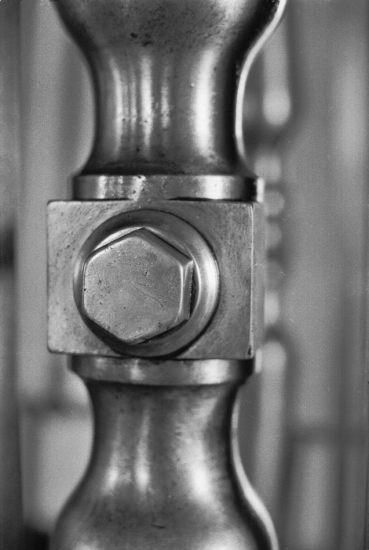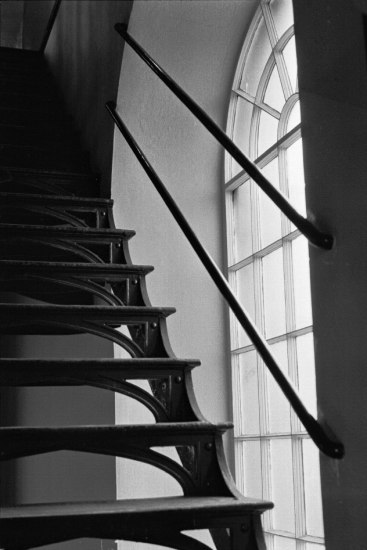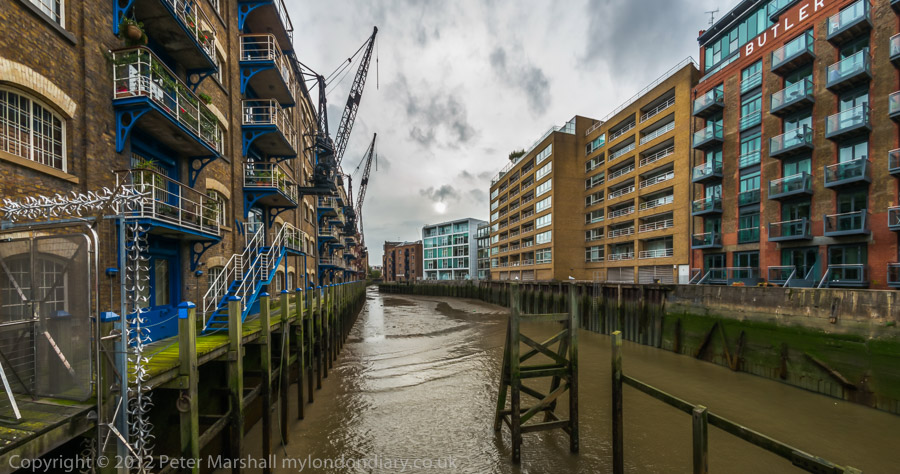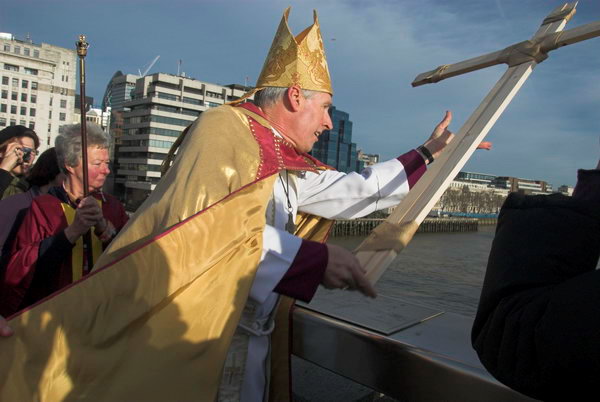
Sunday 14th January 2007 was a pleasant day for me. The weather was good, a bright winter day and I was up in London to photograph a very positive event, the Blessing of the River Thames, with plenty of time too for me to wander around one of my favourite areas of the city, south of the river in Southwark.
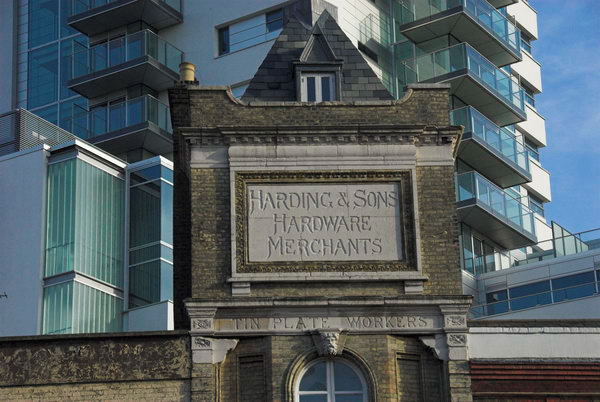
In the first ten years of this millennium I photographed a wide range of religious events that take place on the streets of London, particularly by Sikhs, Hindus and Muslims. But there seem to be rather fewer Christian festivals that are celebrated in public, though I think there have been more in recent years, with more public events in particular each year on Good Friday.
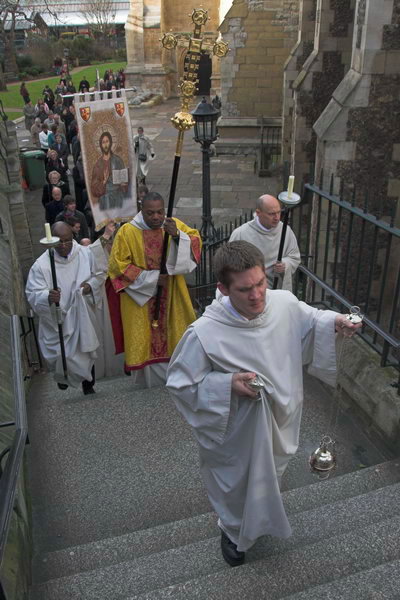
But the Blessing of the Thames is a recent addition, begun in 2004 by Father Philip Warner when he was appointed to the City of London church of St Magnus The Martyr, inspired by similar ceremonies he had experienced in the Orthodox Church in Serbia.
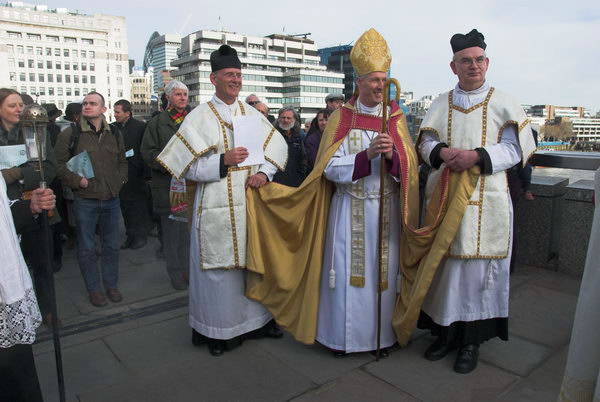
St Magnus The Martyr was Sir Christopher Wren’s most expensive parish church and the traveller’s route into the City of London across the medieval London Bridge, in use from 1209 to 1831 led directly through its entrance porch under its tower after the church was rebuilt around 1676. Until 1729 when Putney got a bridge it was the only way across the river except by boat downstream of Kingston Bridge.
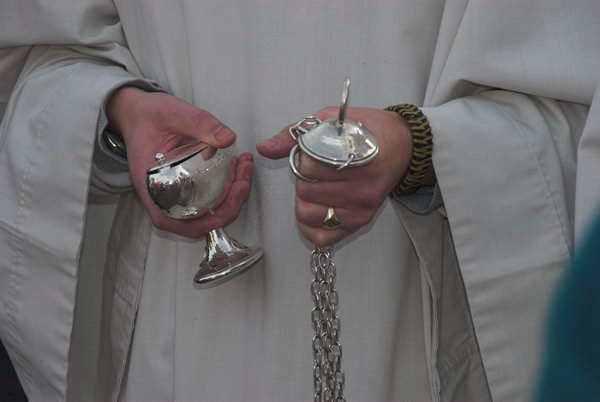
The church is one of the most interesting in London and well worth a visit, and among its treasures includes a very large modern model of the Old London Bridge. This was completed by ex-policeman David T Aggett in 1987, a year after his heart transplant, and found a willing home here after the Museum of London turned it down. A member and past Steward of the Worshipful Company of Plumbers, Aggett died a year ago at the age of 91.
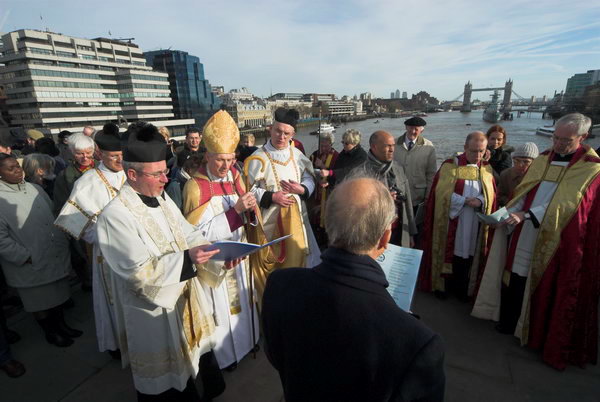
You can find out more about the various editions of London Bridge from various bloggers including Laura Porter on Londontopia. Close to the south end of the bridge (which had a chapel on it dedicated to St Thomas which was the official start of pilgrimages to Canterbury) was the Church of St Saviour and St Mary Overie, until the dissolution in 1538 part of Southwark Priory and since 1905 Southwark Cathedral.
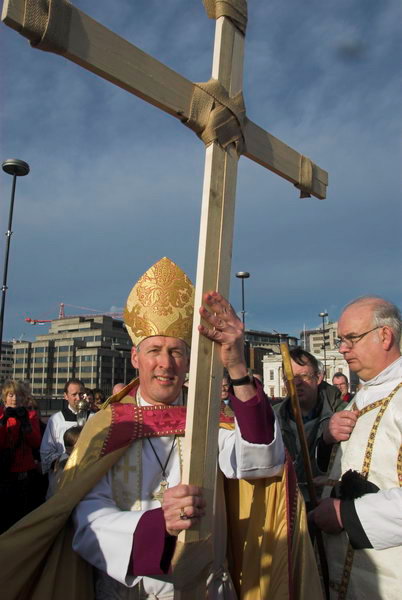
Processions from both churches met at the centre of the new London Bridge completed in 1972 for a brief service with prayers for all those who work on the river and in particular for those killed close to this point in the 1989 sinking of the marchioness close by, which climaxed with the Bishop of Woolwich throwing a wooden cross into the River Thames to bless the waters.
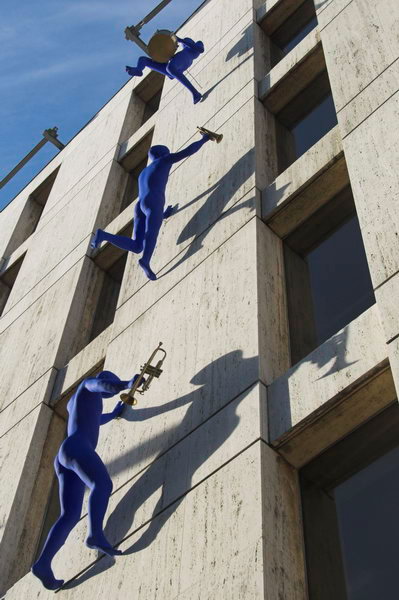
I’d come up earlier to take a walk around Southwark and Bermondsey and photograph some of the buildings, both old and new, in the area. Back in the 1990s when Desk Top Publishing was in its infancy I had written and published a walk leaflet (now a free download though a little out of date) on West Bermondsey which sold several hundred copies, and it was interesting to visit a part of this again.
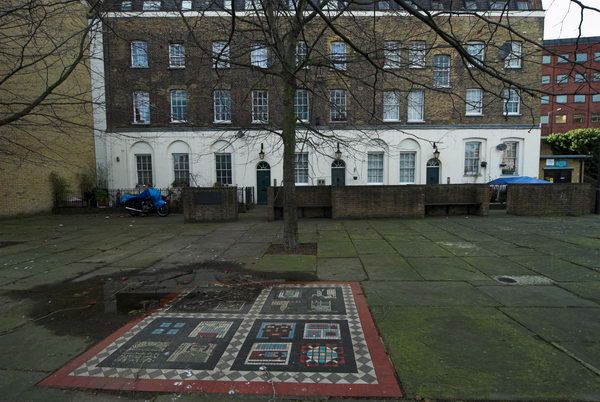
When first produced, this walk was printed on a dot-matrix printer, though later copies were made on a black and white laser – an HP Laserjet 1100 still in use over 20 years later on my wife’s computer running Ubuntu.
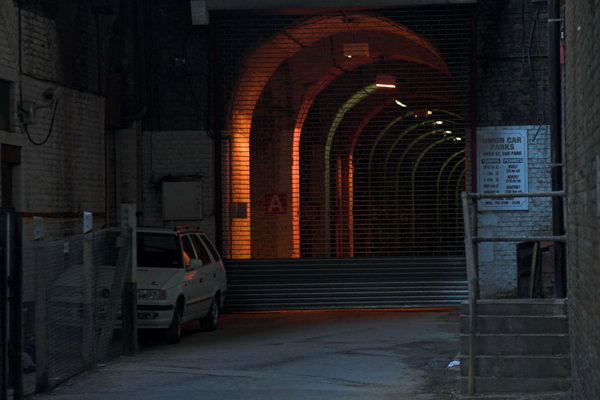
I think I asked 20p for the leaflet, and using cheap third-party laser toners on cheap thin card it cost only a couple of pence to produce, though printing on dot-matrix was slow the laser speeded up things considerably – once the page was in printer memory it rattled off copies fairly quickly.
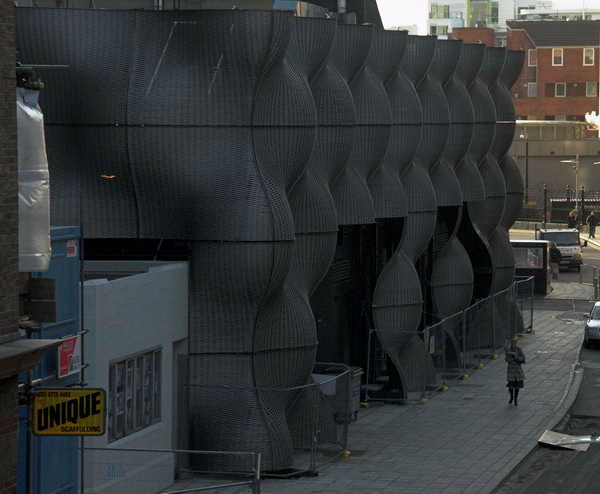
In 2007 there were few photographers at the Blessing of the River, but blogging was growing fast and more and more people were using camera phones. The following year I wasn’t able to get such good pictures as there were too many people jumping in front of me and obscuring my view. Photographers do sometimes get in each other’s way, but we do try to respect others, something which doesn’t even seem to occur to the newcomers.
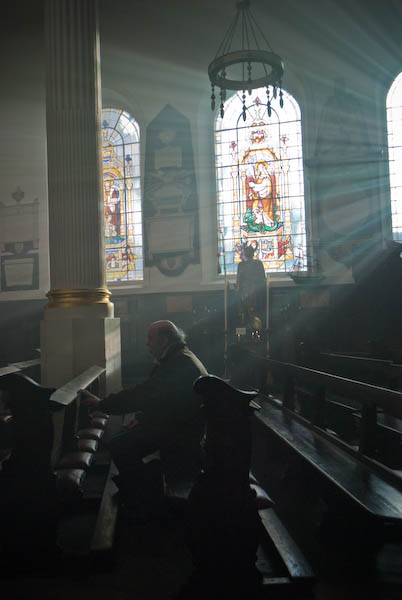
But rather than go for a walk I did go with those celebrating the event and have lunch in the crypt of St Magnus, after which I took a few pictures inside the church, then rather thick with incense.
Scroll down the January 2007 page on My London Diary for more pictures of Blessing the Thames & Southwark Walk.
